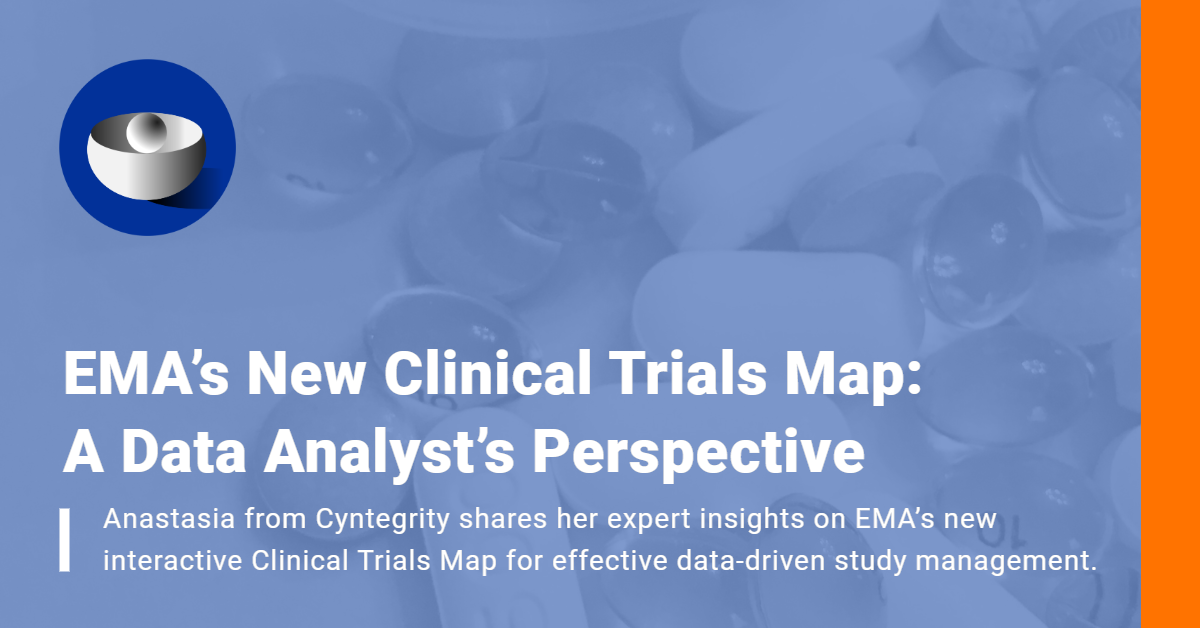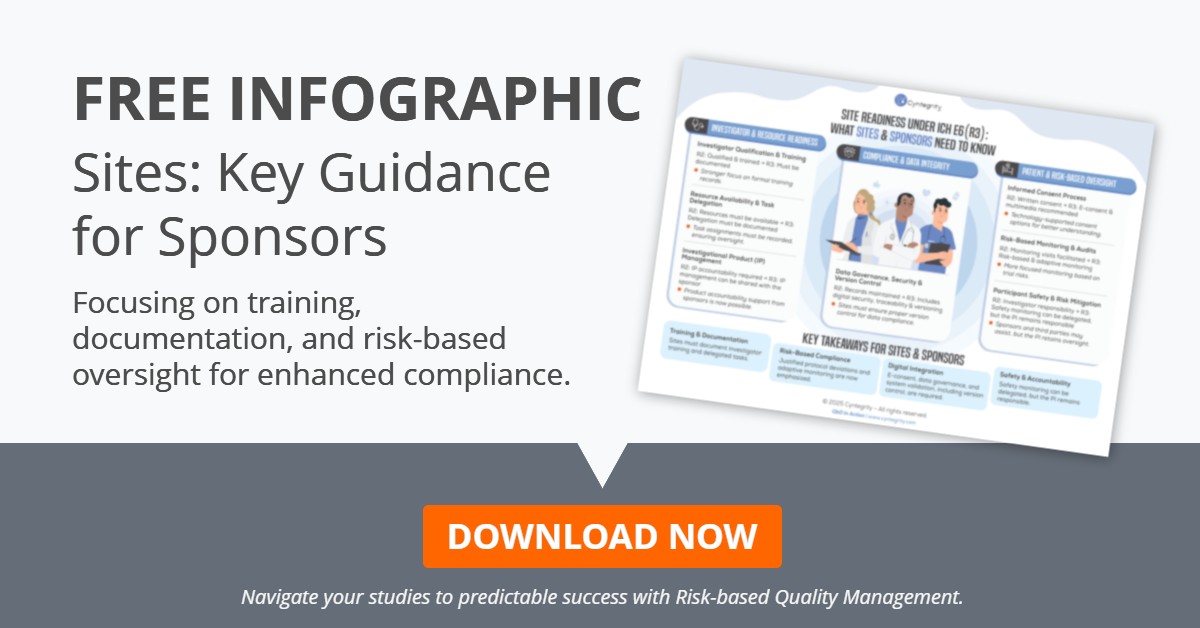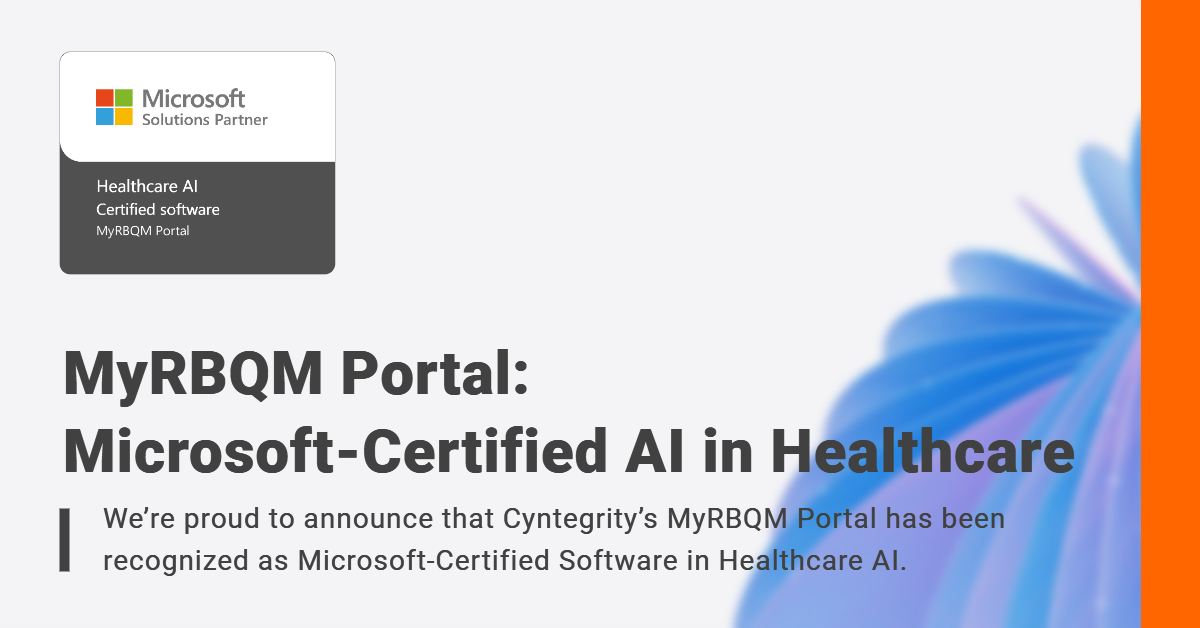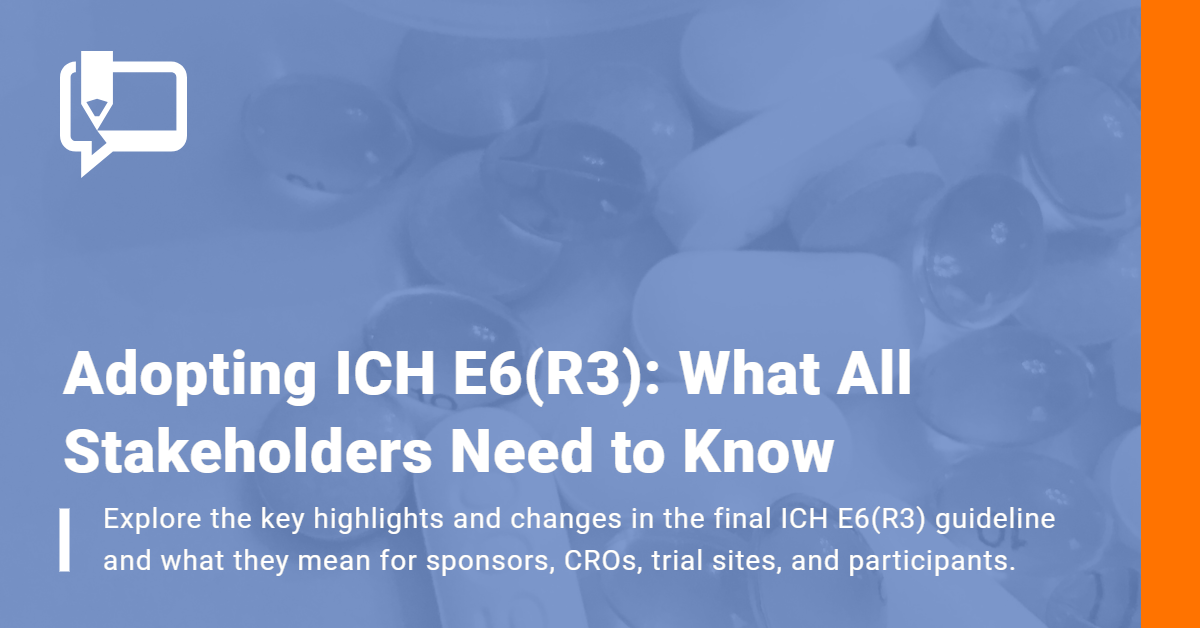 March 1, 2018. FDA embraces the ICH Good Clinical Practice Addendum E6 (R2). This is it. The new changes for clinical trial operations are in place.
March 1, 2018. FDA embraces the ICH Good Clinical Practice Addendum E6 (R2). This is it. The new changes for clinical trial operations are in place.
This adoption is the FDA’s answer to such global trends in pharma as:
- the increase of scale, complexity, and costs of clinical trials
- evolution of technology and new opportunities, which these technologies offer
For the first time in 10 years (much time has passed since the previous addendum), the new addendum allows more adaptive approaches to clinical trial design and conduct. The latest guidance opens the doors to faster and more efficient execution of clinical research. The FDA says the main goal of the adoption is to
“improve clinical trial quality and efficiency, while maintaining human subject protection and reliability of trial results.”
The main changes address areas such as sponsor oversight, risk-based approach to quality management and risk-based monitoring, extended investigator responsibilities, and advanced in electronic media, like essential documents, certified copy and additional requirements to computerized systems.
What does it mean for a biotech or pharma company or a CRO?
Literally, it means: all new studies, that start from the 1st March 2018 in the USA must comply with the new GCP E6 (R2) guideline, and follow the new processes in QM, sponsor oversight, electronic media etc.
Is it legally binding?
The short answer is NO, but…
…FDA’s guidance documents do not establish legally enforceable responsibilities. Instead, guidances describe the Agency’s current thinking on a topic and should be viewed only as recommendations, unless specific regulatory or statutory requirements are cited. The use of the word should in Agency guidances means that something is suggested or recommended, but not required. [FDA]
but…
- It is in the interest of a pharma company to integrate the GCP E6 (R2) and become leaner.
- GCP has a status of Bible in clinical trials, i.e., it is not a law, but everybody follows it per se.
Auditors now have more guidance to control the right process, and if the process is implemented only half-way, then a company must count on audit findings. E.g., if risk-based quality management (QM) had only risk evaluation and no risk control activities, then an audit finding can be expected.
Besides, some local laws refer to GCP, e.g., new Regulation EU No 536/2014, which is expected to come into application in the second half of 2019 and stating:
…the sponsor and the investigator, when drawing up the protocol and when applying this Regulation and the protocol, shall also take appropriate account of the quality standards and the ICH guidelines on good clinical practice.
Such references strengthen the GCP as a guideline, which might lead to legal consequences if not followed.
5 urgent first steps for a pharma company to plan now
So what to do now? If you have not started yet educating your staff in regards to the discussed E6 (R2) adoption. We do strongly recommend not to delay the adjustment of the relevant processes anymore. Start with the following simple plan:
- thoroughly study what is now required (consult Cyntegrity’s free downloadables below).
- conduct a gap analysis of current processes, SOPs and role descriptions (contact us if you need help)
- fix the gaps in the relevant documents and fulfill the training for employees
- choose the right tools (e.g., free @RACT or EarlyBird) to automatize the required processes
- apply change management activities for the transition to the new approaches in QM, sponsor oversight, risk-based monitoring (RBM)
- communicate success stories within an organization and beyond regarding the implemented changes to strengthen the integration of the processes
What is the status of E6 (R2) worldwide?
Currently, European Medicines Agency (EMA) finalized their version of the guideline, which came into effect for the EU in June 2017. Switzerland has also adjusted its Clinical Trials Ordinance (ClinO) to refer to E6(R2) as of 1 May 2017. Health Canada announced recently that it plans to fully implement the addendum in April 2018.






